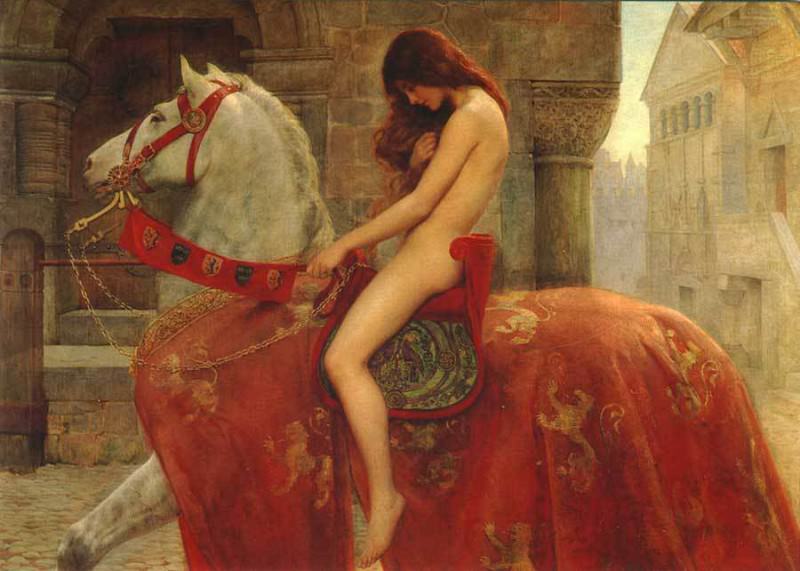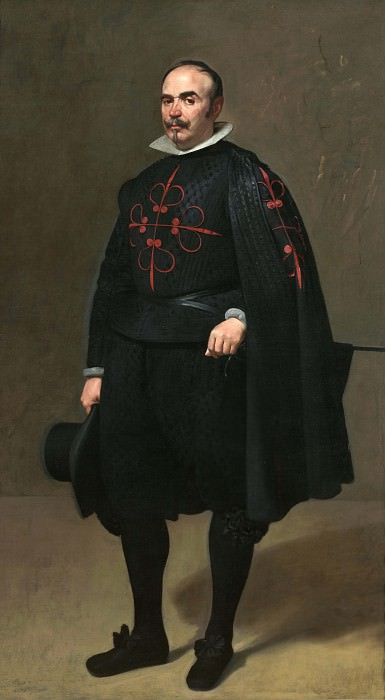Salvadoran Art: A Rich Tapestry of Culture and History
El Salvador, the smallest and most densely populated country in Central America, boasts a rich and vibrant artistic tradition that reflects its complex history, diverse cultural influences, and resilient spirit. Salvadoran art, though often overshadowed by the more prominent art scenes of neighboring countries, is a unique blend of indigenous heritage, colonial legacies, and modern expressions that collectively tell the story of a nation shaped by conflict, resilience, and identity.
Indigenous Roots and Pre-Colonial Art
The artistic traditions of El Salvador can be traced back to its indigenous peoples, particularly the Pipil, Lenca, and Cacaopera groups. These civilizations, which thrived long before the arrival of the Spanish conquistadors, left behind a legacy of art that continues to influence Salvadoran culture today. Pre-Columbian art in El Salvador is characterized by intricate pottery, stone carvings, and textiles that often depict religious symbols, deities, and scenes from daily life. The use of bold colors, geometric patterns, and symbolic imagery in these works reflects the deep spiritual and cultural significance of art in indigenous communities.
Archaeological sites such as Joya de Cerén, often referred to as the "Pompeii of the Americas," provide invaluable insights into the artistic practices of ancient Salvadorans. This well-preserved village, buried under volcanic ash around 600 AD, offers a glimpse into the daily lives and artistic expressions of the region's inhabitants. Artifacts recovered from Joya de Cerén, including painted ceramics and sculpted figurines, highlight the sophisticated craftsmanship and aesthetic sensibilities of the pre-Columbian period.
Colonial Influences and the Birth of a Mestizo Art
The Spanish conquest in the 16th century brought profound changes to the artistic landscape of El Salvador. The fusion of indigenous traditions with European artistic techniques gave rise to a new form of mestizo art, characterized by the blending of pre-Columbian motifs with Christian iconography. This period saw the introduction of religious art, particularly in the form of paintings, sculptures, and altarpieces, which adorned churches and monasteries throughout the colony.
Colonial art in El Salvador was heavily influenced by the Baroque style, with its emphasis on dramatic expressions, elaborate ornamentation, and religious themes. Local artists, often trained by Spanish missionaries, adapted these techniques to reflect the unique cultural identity of the Salvadoran people. The result was a distinctive style that combined the grandeur of European art with the rich symbolism and vibrant colors of indigenous traditions.
One of the most notable examples of Salvadoran colonial art is the collection of religious paintings and sculptures housed in the Metropolitan Cathedral of San Salvador. These works, created by both local and European artists, exemplify the synthesis of cultures that defines Salvadoran art. The cathedral itself, with its grand architecture and ornate interior, stands as a testament to the enduring influence of the colonial period on the nation's artistic heritage.
The Rise of Modern Salvadoran Art
The late 19th and early 20th centuries marked a period of significant change in Salvadoran art, as artists began to explore new themes and techniques inspired by the global movements of modernism and realism. This era saw the emergence of a distinct Salvadoran identity in the arts, as artists sought to portray the realities of life in El Salvador through a uniquely local lens.
The struggle for independence from Spanish rule in 1821 and the subsequent formation of the Salvadoran Republic fueled a sense of national pride and a desire to forge a new cultural identity. Artists like Francisco "Pancho" Lara and José Mejía Vides played pivotal roles in this cultural renaissance, using their work to explore themes of identity, social justice, and national history. Their paintings often depicted the landscapes, people, and customs of El Salvador, celebrating the beauty and resilience of the Salvadoran spirit.
One of the most influential figures in modern Salvadoran art is Carlos "Camilo" Minero, a painter and muralist known for his vibrant depictions of Salvadoran life. Minero's work is characterized by its bold use of color, dynamic compositions, and a deep commitment to social and political themes. His murals, which adorn public spaces across the country, often depict scenes of labor, struggle, and solidarity, reflecting his belief in the power of art to inspire social change.
The Impact of the Civil War on Salvadoran Art
The Salvadoran Civil War, which raged from 1980 to 1992, had a profound impact on the nation's art scene. The conflict, which claimed tens of thousands of lives and displaced countless more, left deep scars on the Salvadoran psyche. In response, many artists turned to their craft as a means of processing the trauma, documenting the horrors of war, and advocating for peace and justice.
Art during this period became a powerful tool for resistance and activism. Many Salvadoran artists, both at home and in exile, used their work to expose the brutality of the conflict and to amplify the voices of the oppressed. The themes of violence, loss, and hope are prevalent in the art of this era, as artists grappled with the realities of life in a country torn apart by war.
One of the most significant artistic movements to emerge from this period is the "Arte Popular" movement, which sought to create art that was accessible, relevant, and reflective of the struggles of the Salvadoran people. This movement was characterized by the use of traditional materials and techniques, as well as a focus on themes of social justice and human rights. Artists like Rosa Mena Valenzuela and Fernando Llort became leading figures in this movement, creating works that resonated deeply with the experiences of ordinary Salvadorans.
Llort, in particular, is known for his vibrant, folk-inspired paintings and murals, which often depict scenes of rural life and communal solidarity. His work is deeply rooted in Salvadoran culture, drawing on indigenous and colonial traditions to create a visual language that is both distinctly Salvadoran and universally resonant. Llort's legacy continues to inspire new generations of artists, who carry forward his commitment to using art as a means of social engagement and cultural expression.
Contemporary Salvadoran Art: Voices of a New Generation
In the years following the end of the Civil War, Salvadoran art has continued to evolve, with a new generation of artists exploring themes of identity, memory, and global interconnectedness. Contemporary Salvadoran artists are increasingly drawing on their heritage while also engaging with international art movements, creating a dynamic and diverse art scene that reflects the complexities of life in the modern world.
The post-war period has seen a resurgence of interest in indigenous and Afro-Salvadoran culture, with many artists seeking to reclaim and celebrate these marginalized histories through their work. This has led to a renewed focus on traditional crafts, such as weaving, pottery, and wood carving, as well as a growing interest in the intersections of art, technology, and social activism.
One of the most exciting developments in contemporary Salvadoran art is the rise of digital art and new media, as artists experiment with new forms of expression and engage with global audiences through online platforms. Artists like Ronald Morán and Walterio Iraheta are at the forefront of this movement, using digital technology to explore themes of globalization, migration, and cultural identity. Their work often challenges conventional notions of art, blending traditional techniques with cutting-edge technology to create innovative and thought-provoking pieces.
Public art has also become an important part of the contemporary Salvadoran art scene, with murals, sculptures, and installations playing a key role in urban regeneration and community building. The city of San Salvador, in particular, has become a hub for street art, with vibrant murals transforming the urban landscape and bringing art to the people. These works often address social and political issues, serving as a form of public dialogue and a means of reclaiming public space.
The Future of Salvadoran Art
As El Salvador continues to navigate the challenges of the 21st century, its art scene remains a vital and dynamic force in the nation's cultural life. The resilience and creativity of Salvadoran artists, coupled with a deep sense of cultural pride and social responsibility, ensure that Salvadoran art will continue to evolve and thrive in the years to come.
The future of Salvadoran art lies in its ability to adapt to changing times while staying true to its roots. As artists continue to explore new forms of expression and engage with global audiences, they will also be called upon to address the pressing social and environmental issues facing their country. In this way, Salvadoran art will remain not only a reflection of the nation's past and present but also a powerful tool for shaping its future.
The continued support of cultural institutions, both within El Salvador and internationally, will be crucial in nurturing the next generation of Salvadoran artists. Initiatives aimed at preserving traditional crafts, promoting contemporary art, and fostering cross-cultural exchanges will play a key role in ensuring that Salvadoran art continues to flourish on the global stage.
Salvadoran art, in all its diversity and complexity, is a testament to the enduring spirit of the Salvadoran people. From its ancient roots to its contemporary expressions, Salvadoran art offers a window into the soul of a nation—a nation that, despite its challenges, continues to create, innovate, and inspire. As we look to the future, it is clear that Salvadoran art will remain a vital and vibrant part of the global cultural landscape, enriching our understanding of the world and the human experience.




